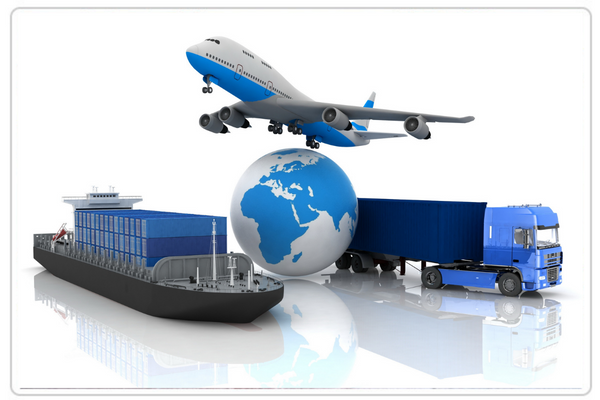Intermodal and multimodal transport, combined with their advantages and disadvantages

Combining several modes of transport when transporting different types of goods is becoming an increasingly popular practice. Combined transport allows you to reduce fuel costs and shorten the delivery time. There are several types of combined transport: intermodal, multimodal and combined. Depending on the type, individual transports have their own strengths and weaknesses.
Intermodal transport
This type of transport uses two or more means of transport, but one and the same cargo space, e.g. a container. Thanks to the combination of road and sea or rail transport, the transported loads reach the designated place more safely. The undoubted advantages of this solution are also lower carbon dioxide emissions compared to road transport alone. Hence, by choosing intermodal transport, you can also save on fuel. However, the disadvantage may be the need to adapt to the timetables of rail and sea transport. In some cases, this may extend the delivery time of the goods.
Multimodal transport
In the case of multimodal transport, transport is also divided into at least two modes of transport, while the cargo space may change along the route. The advantages of this solution are the attractive price and the speed of transporting goods that have to travel long distances. Multimodal transport is also easy to settle as the customer receives the entire transport fee. However, the disadvantage may be a higher risk of damage to the goods due to several reloading points (change of the cargo space) than in the case of intermodal transport. Therefore, it is not a suitable solution for the transport of specific goods, e.g. animals.
Combined transport
European intermodal transport is called combined transport. During the transport of goods, rail, inland waterways or coastal shipping are used. The final stage of goods transport is road transport. We distinguish two types of combined transport due to the presence or absence of a driver during transport. The first is accompanying transport, an example of which may be the situation where it is necessary to transport the road vehicle with the driver on the ferry. On the other hand, non-accompanying transport means that during transport, the road vehicle is transported in some other way, e.g. by sea or rail, but without the presence of the driver.
When organizing transport, it is worth knowing all the available options. Therefore, it is worth getting acquainted with the individual types of combined transport and taking into account all their advantages and disadvantages. As a result, the transport of goods can be optimally planned. If you are wondering what cargo space will be appropriate to transport your goods - register for Smartload and try it for a 14 days for free.